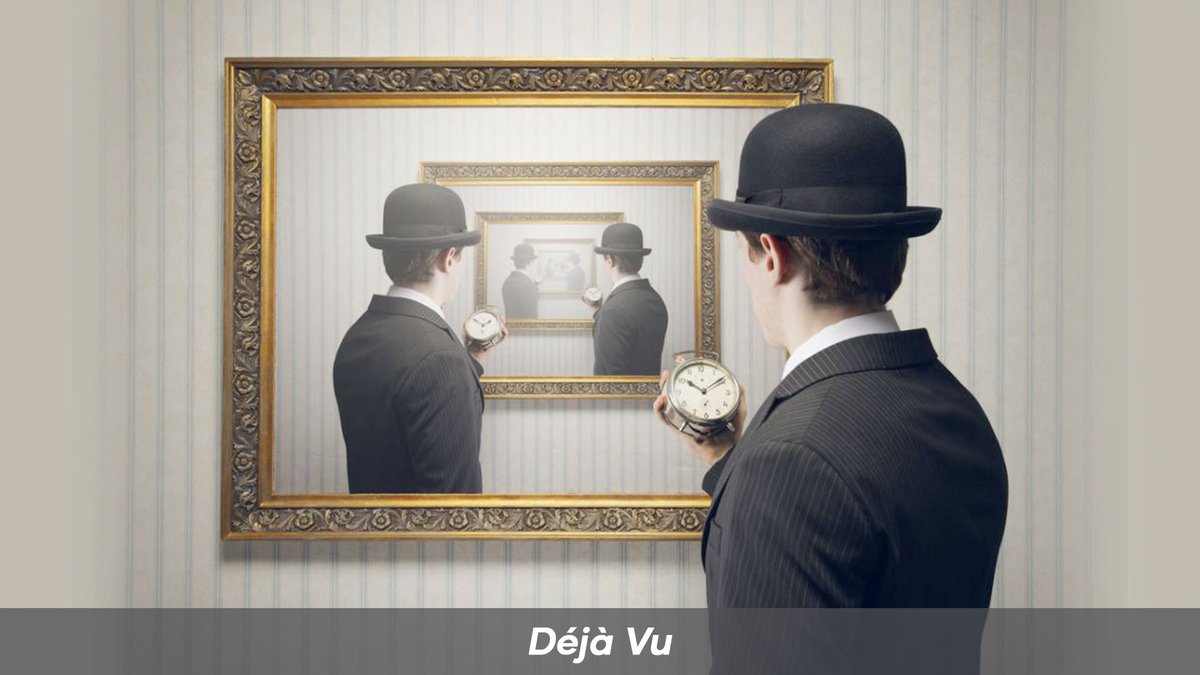The word "déjà vu" was coined in the 1890s to distinguish the syndrome from other paramnesias, but it was not until the mid-twentieth century that a strong agreement on its meaning was achieved. Several hundreds of parapsychological, pseudoscientific, and scientific hypotheses have been suggested to explain the déjà vu phenomenon since the mid-nineteenth century, ranging from "messages from God" to "delayed neural transmission speed". Dual-processing, psychological, memory, and attentional theories make up the majority of scientific theories. The following is a condensed list of hypotheses on déjà vu that have been found in scientific literature. Based on the functions and processes in question, the theories are grouped into four categories: dual-processing theories, neural theories, memory theories, and attentional theories. While some theories consider functions and processes to fall into more than one of these categories and are therefore difficult to categorize, this division is made to highlight the shared characteristics of the theories and link them for a better overview.
DUAL-PROCESSING THEORIES
The fundamental concept behind dual-processing theories is that déjà vu is caused by two otherwise parallel and synchronized cognitive processes being out of sync for a brief moment. As a result of the interruption of normal cognitive operations, déjà vu occurs. It could manifest as a random activation of one function in the absence of another, when they should be activated in tandem, e.g. familiarity and memory, or the opposite, when two similar but different functions, e.g. encoding and retrieving, are combined together. Two dual processing theories will be presented below, one based on familiarity and retrieving and the other on encoding and retrieving.
ENCODING AND RETRIEVING
Encoding and retrieval are both distinct cognitive processes that operate independently of one another, as input and output. They maintain a strict synchronized relationship in which they are aware of each other's activation but are unable to activate simultaneously. However, if they were both activated at the same time – new information being encoded while old information was retrieved – the resultant impression may be that the new experience/information was being retrieved directly from memory. In 1979, De Nayer used a tape recorder as a metaphor for the déjà vu experience, likening the record and play buttons to the encoding and retrieving cognitive functions, respectively. Under normal conditions, the tape recorder's record (encoding) or play (retrieval) functions may all be enabled. The déjà vu phenomenon is described as the accidental activation of both the record and play functions at the same time, leading to an understanding of the new encoding as an old memory, despite de Nayer's lack of explanations.
FAMILIARITY AND RETRIEVING
Gloor (1990) suggested that déjà vu is a byproduct of the impaired role of familiarity and retrieving in his study of experiential phenomena in relation to temporal lobe epilepsy. They are two separate cognitive functions that operate in tandem, with retrieval often coming after familiarity. This is the natural role of memory in daily life, but one of these functions can become activated spontaneously without the other, resulting in a variety of experiential phenomena. The déjà vu sensation should occur when familiarity is triggered without a retrieval cue. The relating case can be linked to the reversed case of retrieval activation without familiarity.
NEUROLOGICAL THEORIES
Another scientific interpretation of the déjà vu experience is that it is caused by a kind of temporary neurological disorder. There are two major theories about the types of dysfunctions that can cause déjà vu: 1) a seizure-related spontaneous neural activation, and 2) a disruption in neural transmission speed. To maintain a consistent thread in the section and avoid having to describe the phenomenon in too abstract biological terms, this article will only address neural transmission speed theories. It is worth noting, though, that some of the researchers who contributed to these theories worked more than a century ago, and their theories still hold up surprisingly well in light of modern science and our current knowledge of the nervous system.




0 comments